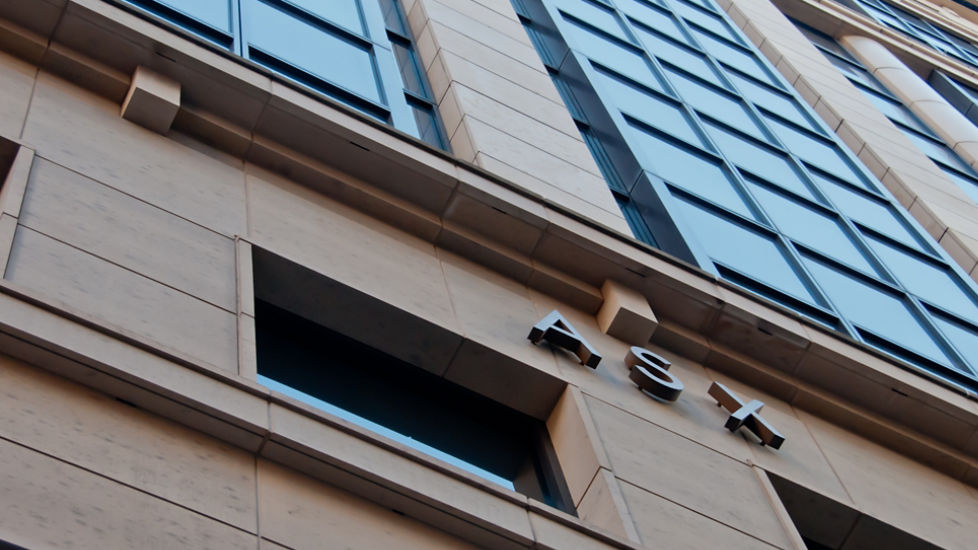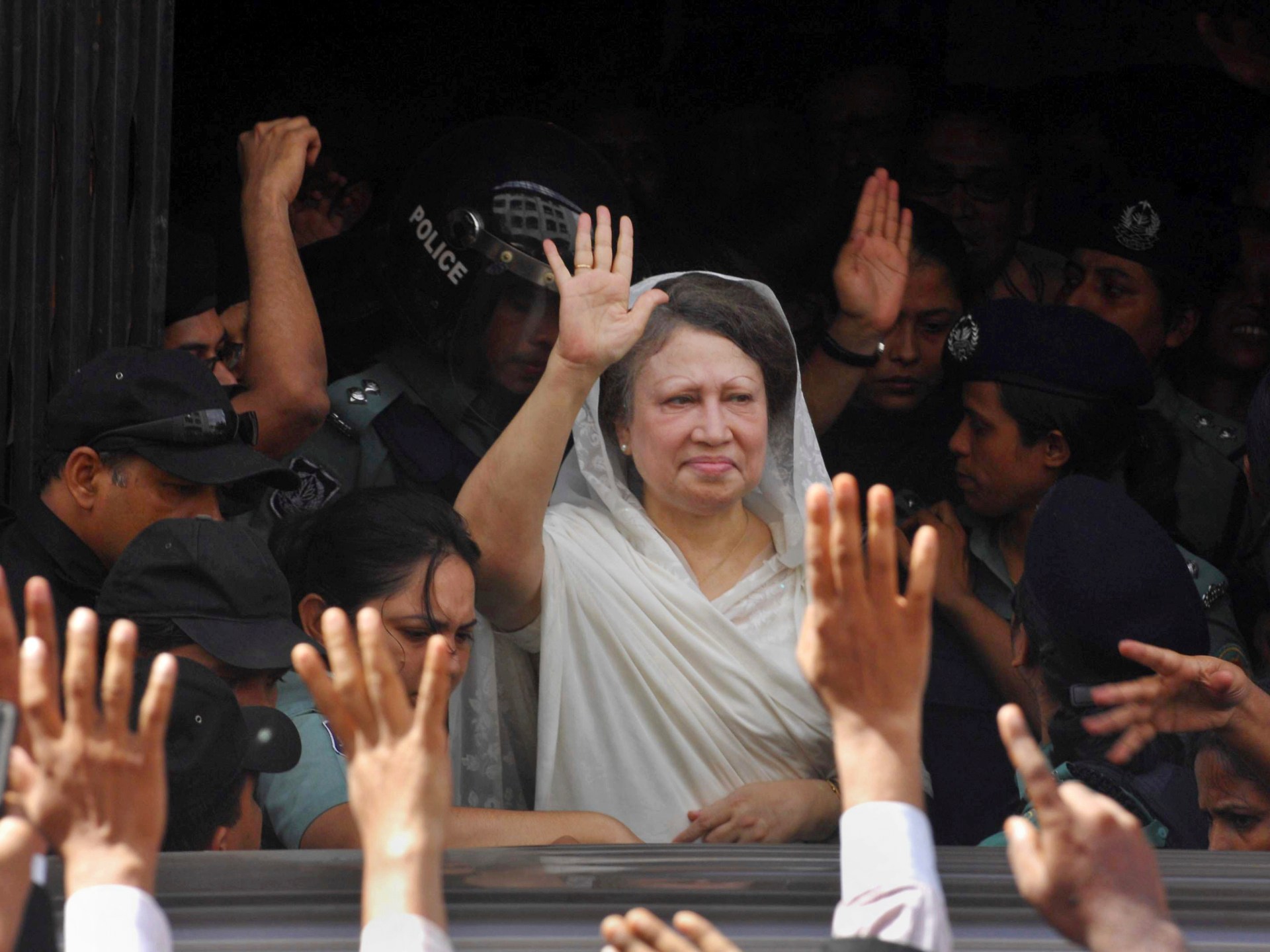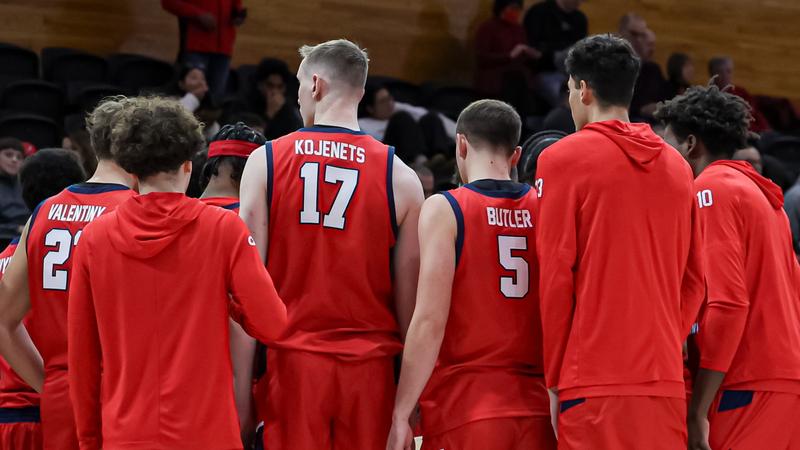Introduction
Perioperative Neurocognitive Disorders (PND), particularly postoperative delirium, delayed neurocognitive recovery, and postoperative neurocognitive disorders, not only hinder recovery and significantly impair patients’ self-care…

Perioperative Neurocognitive Disorders (PND), particularly postoperative delirium, delayed neurocognitive recovery, and postoperative neurocognitive disorders, not only hinder recovery and significantly impair patients’ self-care…

The S&P/ASX200 rose three points by midday, up 0.01 per cent, to 8,727, while the broader All Ordinaries gained 1.9 points, or 0.02 per cent, to 9,030.1.
Gold and silver miners fell sharply on thin trading volumes after both metals surged to fresh record highs on Monday.
“There’s less traders in the market, so moves can be kind of exaggerated as a result,” Capital.com senior market analyst Kyle Rodda said.
“But the fundamental story for precious metals is a strong one, especially silver which — along with expectations of looser monetary and fiscal policy going forward — is benefiting from a deepening supply deficit, compounded by China’s planned export curbs.”
Gold was trading at US$4,335 (A$6,475) an ounce, down from US$5,550 on Monday, while silver fell to US$72.63 an ounce after spiking above US$84 in the previous session.
The sell-off dragged the materials sector down 1.2 per cent, making it one of three sectors in the red by midday.
Large-cap miners BHP, Rio Tinto and Fortescue were mixed, trading either side of flat as iron ore futures continued to consolidate near US$107 a tonne.
Battery minerals and rare earths stocks were broadly weaker. Liontown slipped 4.8 per cent to $1.60, making it the worst performer in the ASX200 so far in the session.
The heavyweight financials sector helped support the market, rising 0.6 per cent as CBA led the major banks higher. CBA shares climbed 0.9 per cent to $161.97, trading near a seven-week high.
Energy stocks outperformed the broader market, lifting on the back of a jump in oil prices after Ukrainian peace talks were derailed by Russian claims of a drone attack on President Vladimir Putin’s residence.
Coal producers were mixed, while uranium stocks continued to drift lower.
Droneshield was the best performer in the ASX200, up 3.8 per cent after securing an $8.2 million contract with a western military end customer.
In health care, Mesoblast rose 2.1 per cent after refinancing its debt with Oaktree Capital Management through a lower-cost credit facility.
Consumer-facing stocks also moved higher after more than a week of consolidation. Consumer discretionary stocks rose 0.8 per cent, while consumer staples gained 0.6 per cent, tracking similar moves among sector heavyweights.
Utilities fell 0.5 per cent despite a 0.7 per cent rise in Origin Energy shares, after its software investment Kraken was valued at US$8.7 billion (A$12.9 billion).
Origin, which owns a 22.7 per cent stake in Kraken, backed a US$1 billion capital raising and gave up its Australian exclusivity, paving the way for Kraken’s separation from Octopus Energy in 2026.
The Australian dollar was buying 66.95 US cents, down from 67.17 US cents on Monday at 5pm, easing back from 14-month highs as commodity prices cooled.

Osmond ChiaBusiness reporter
 Getty Images
Getty ImagesChina has proposed strict new rules for artificial intelligence (AI) to provide safeguards for children and prevent chatbots from offering advice that could lead to self-harm or violence.
Under the planned regulations, developers will also need to ensure their AI models do not generate content that promotes gambling.
The announcement comes after a surge in the number of chatbots being launched in China and around the world.
Once finalised, the rules will apply to AI products and services in China, marking a major move to regulate the fast-growing technology, which has come under intense scrutiny over safety concerns this year.
The draft rules, which were published at the weekend by the Cyberspace Administration of China (CAC), include measures to protect children. They include requiring AI firms to offer personalised settings, have time limits on usage and getting consent from guardians before providing emotional companionship services.
Chatbot operators must have a human take over any conversation related to suicide or self-harm and immediately notify the user’s guardian or an emergency contact, the administration said.
AI providers must ensure that their services do not generate or share “content that endangers national security, damages national honour and interests [or] undermines national unity”, the statement said.
The CAC said it encourages the adoption of AI, such as to promote local culture and create tools for companionship for the elderly, provided that the technology is safe and reliable. It also called for feedback from the public.
Chinese AI firm DeepSeek made headlines worldwide this year after it topped app download charts.
This month, two Chinese startups Z.ai and Minimax, which together have tens of millions of users, announced plans to list on the stock market.
The technology has quickly gained huge numbers of subscribers with some using it for companionship or therapy.
The impact of AI on human behaviour has come under increased scrutiny in recent months.
Sam Altman, the head of ChatGPT-maker OpenAI, said this year that the way chatbots respond to conversations related to self-harm is among the company’s most difficult problems.
In August, a family in California sued OpenAI over the death of their 16-year-old son, alleging that ChatGPT encouraged him to take his own life. The lawsuit marked the first legal action accusing OpenAI of wrongful death.
This month, the company advertised for a “head of preparedness” who will be responsible for defending against risks from AI models to human mental health and cybersecurity.
The successful candidate will be responsible for tracking AI risks that could pose a harm to people. Mr Altman said: “This will be a stressful job, and you’ll jump into the deep end pretty much immediately.”
If you are suffering distress or despair and need support, you could speak to a health professional, or an organisation that offers support. Details of help available in many countries can be found at Befrienders Worldwide: www.befrienders.org.
In the UK, a list of organisations that can help is available at bbc.co.uk/actionline. Readers in the US and Canada can call the 988 suicide helpline or visit its website.

Until his ice-cool 40 helped England dodge an Ashes whitewash in front of 90,000 people at the Melbourne Cricket Ground on Saturday, the most clippable aspect of Jacob Bethell’s tour was probably his performance of YMCA on a dancefloor in Noosa…

Christmas is over and a new year is upon us. Time, then, to start planning your next summer holiday.
Next year, however, you may be more likely to be downing gut health shots and Japanese tea in the airport than the once-traditional morning pints.

The Pout-Pout Fish brings together an unlikely duo.
A prickly recluse and a hyperactive sea dragon embark on a daunting, undersea quest.
They’re looking for a mythical fish they hope will grant a wish to save their homes.
Nick Offerman (Parks and…

ORLANDO, Fla.— On a humid morning at one of the largest wastewater plants in central Florida, a tanker truck loads up with thousands of gallons of sludge—the thick, dark and heavy remnants of…


In early December, 48-year-old Tipu Sultan, a grassroots activist of the Bangladesh Nationalist Party (BNP), stood outside Dhaka’s Evercare Hospital holding a placard that read, “I want to donate my kidney to Begum Khaleda Zia”.
A video of…

HAMPTON, Va. – The Seawolves led for much of the night but could not close it out…